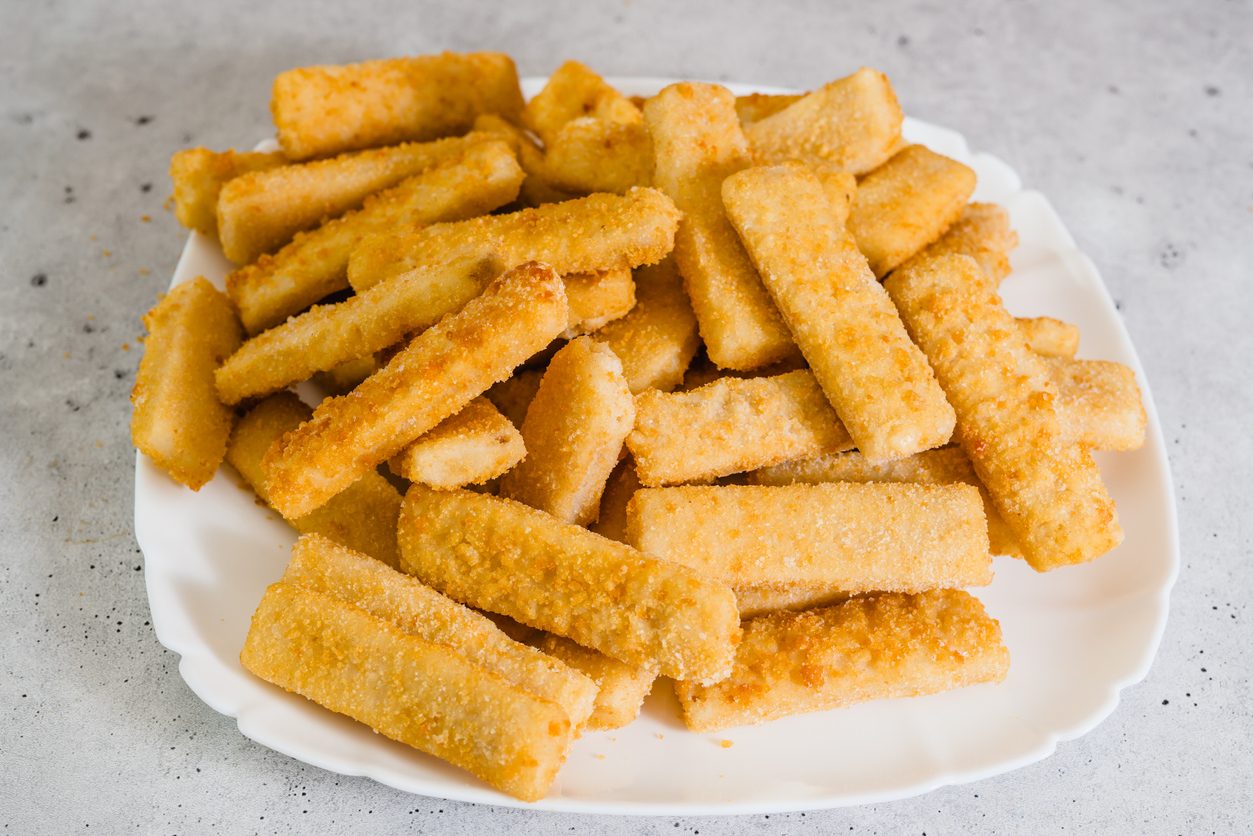Why You Should Never Skip the Egg Wash When Making a Homemade Pie
An egg wash is essential in pie-making as it provides a golden, glossy finish and helps seal the crust, preventing it from cracking or separating. Skipping it results in a pale, dry crust that looks unappetizing and can affect the pie's texture. While you can use milk or non-dairy alternatives if you forget the egg wash, nothing quite matches its effect.

We've all been there: you spend hours making a homemade pie, only to pull it out of the oven looking like a sad piece of cardboard. No golden brown crust, no glossy finish—just a flat, dull disaster. The culprit? Skipping the egg wash. It might seem like a minor step, but leaving out the egg wash can transform your pie from a potential Instagram-worthy masterpiece to something more suitable for the recycling bin. Let's dive into why you should never skip this crucial step in pie-making.
The Magic of Egg Wash
An egg wash serves a dual purpose in baking. First, it gives your pie that beautiful, glossy finish that makes it look so appetizing. The proteins and fats in the egg create a Maillard reaction—a chemical reaction that causes browning when proteins and sugars are exposed to heat. This reaction not only enhances the color but also contributes to the flavor and texture of the crust. Without it, your pie crust will likely come out looking pale and unappetizing, lacking the appealing golden hue that screams "delicious!"
Second, an egg wash acts as a glue, helping to seal the edges of the pie and keep the filling contained. This is particularly important for double-crust pies or pies with intricate lattice designs. Without the adhesive quality of an egg wash, your beautiful lattice might end up separating, leaving gaps and allowing the filling to bubble over.

What Happens When You Forget the Egg Wash?
So, what happens if you forget to give your pie an egg wash? The result is often a crust that is pale, dry, and somewhat bland. The lack of browning can make the pie look undercooked, even if it’s perfectly baked. Additionally, without the sealing effect of the egg wash, the crust may be more prone to cracking or separating, potentially leading to a less aesthetically pleasing pie and possibly a messier filling situation.
Moreover, the texture of the crust can suffer. The lack of fat and protein on the surface means there's less moisture retention, leading to a drier and less tender crust. In short, skipping the egg wash doesn't just affect the appearance; it can impact the overall quality of the pie.
Can You Overdo It? The Risks of Too Much Egg Wash
While an egg wash is essential, it's also possible to overdo it. Too much egg wash can result in a crust that feels sticky or soggy rather than crisp and flaky. Excess egg wash can also pool in certain areas, leading to uneven browning. The key is to apply a thin, even layer. Use a pastry brush to lightly coat the surface, ensuring that the wash is spread uniformly. If you notice any excess pooling, gently dab it with a paper towel before baking.

What To Do When You Forget the Egg Wash
If you find yourself sans egg wash after your pie is already in the oven, don't panic. While you can't exactly fix a lack of egg wash once the pie is baking, there are a few alternatives you can use if you're out of eggs or prefer not to use them. Milk or cream can give a similar golden finish, though it won't be as glossy. For a more vegan-friendly option, a mixture of non-dairy milk and a bit of sugar can provide some browning and shine. Butter or oil can also work in a pinch, though they won't provide the same adhesive quality.
;Resize,width=767;)
;Resize,width=712;)
;Resize,width=712;)

